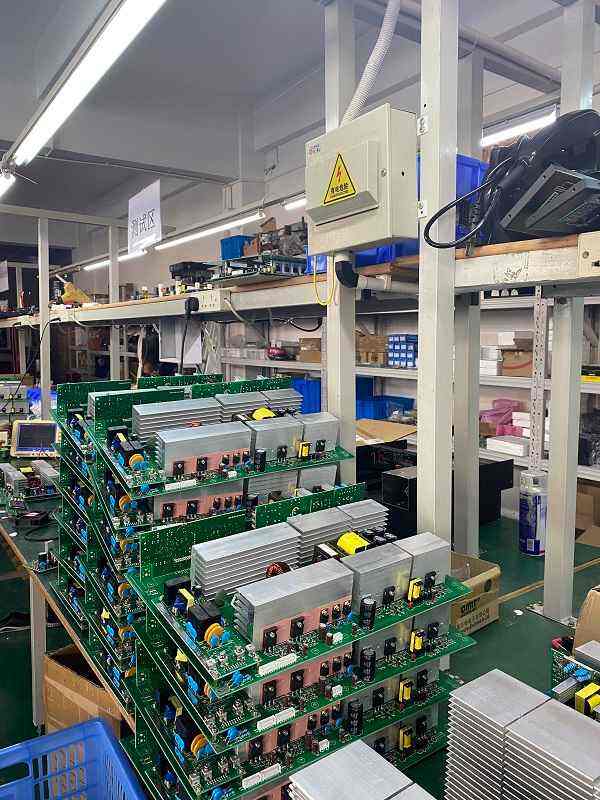
1 Development of inverter power supply digital control technology
1.1 High-performance inverter power supply and digital control technology
With the development of network technology, higher requirements have been put forward for the network functions of inverter power supplies. High-performance inverter power supplies must meet: high input power factor, low output impedance; fast transient response, high steady-state accuracy; stable High performance, high efficiency, high reliability; low electromagnetic interference; complete network functions. To realize these functions, digital control technology is indispensable.
1.2 Traditional inverter power control technology
1.2.1 Disadvantages of traditional inverter power control technology
Traditional inverter power supplies are mostly analog control or a control system that combines analog and digital. Although analog control technology is very mature, it has many inherent shortcomings: the control circuit has many components, is complex, and occupies a large volume; it is not flexible enough. Once the hardware circuit is designed, the control strategy cannot be changed; Debugging is inconvenient. Due to the differences in the characteristics of the devices used, the power supply consistency is poor, and the drift of the operating point of the analog device leads to the drift of system parameters. It is difficult to achieve parallel connection of inverter power supplies in analog mode, so digital control of inverter power supplies is a development trend and a hot topic in modern inverter power supply research.
1.2.2 Improvement of traditional inverter power supply control technology
In the past, in order to improve the control performance of the system, the microprocessor was connected to the system through an analog and digital (A/D) converter, and the digital control algorithm was implemented in the microprocessor, and then through the input, output port or pulse width modulation port ( pulse width modulation, PWM) sends a switch control signal. The microprocessor can also display or transmit the collected working data of the power conversion device to the computer for storage. Some reference values used in control can be stored in the memory of the microprocessor and the circuit can be monitored in real time.
The use of microprocessors has greatly improved the performance of circuit systems. However, due to the limitation of microprocessor operation speed, in many cases, this microprocessor-assisted circuit control system still uses analog operations such as operational amplifiers. control element. In recent years, with the development of large-scale integrated circuits, modern programmable logic devices and digital signal processor (SP) technology, full digital control of inverter power supplies has become a reality. SP can read the output of the inverter power supply in real time and calculate the PWM output value in real time, making it possible to apply some advanced control strategies to the inverter power supply control, thereby controlling the harmonics generated when the nonlinear load dynamically changes. Dynamic compensation brings output harmonics to acceptable levels.
